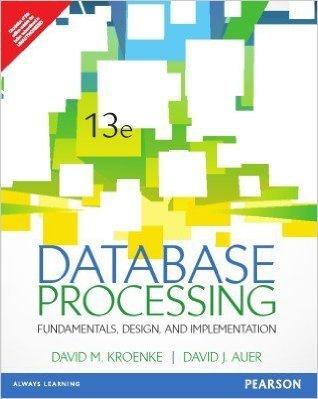Question
Which of the following is a difference between dialogic organizational development (OD) and diagnostic organizational development (OD)? Select one: 1. Dialogic OD uses the processes
Which of the following is a difference between dialogic organizational development (OD) and diagnostic organizational development (OD)?
Select one:
1. Dialogic OD uses the processes of unfreeze, change, and freeze to manage change, whereas diagnostic OD uses no systematic steps to manage change.
2. The practitioners of dialogic OD carry out diagnosis of the organizational situation before intervening, whereas the practitioners of diagnostic OD work with people in a way that creates new knowledge and awareness.
3. A consultant is an involved facilitator in dialogic OD, whereas he or she is a neutral facilitator in diagnostic OD.
4. Central to the diagnostic approach is the view that "real change" only occurs when mindsets are altered, whereas the dialogic approach focuses on making changes at the management level.
According to Dunphy and Stace, the style of change adopted when an organization needs major adjustments to meet environmental conditions, where there is little time for participation, and where there is support for radical change is called:
Select one:
1. forced evolution.
2. focused transition.
3. charismatic transformation.
4. participative evolution.
Which of the following is a limitation of the processual perspective of change?
Select one:
1. It tends to overly focus on individuals as proactive "movers and shakers" rather than on organizational processes.
2. It involves the danger of change being presented as overly simple.
3. It offers advice that covers only those issues to which change management should be sensitive.
4. It recognizes change as a static or time-bound event and not a dynamic one.
_____ occurs when more new information is provided more quickly than recipients can process.
Select one or more:
1. Message distortion
2. Message ambiguity
3. Message perception
Which of the following is NOT one of the symptoms of active resistance to change?
Select one:
1. Being critical
2. Finding fault
3. Ridiculing
4. Agreeing in person but not following through
Step by Step Solution
There are 3 Steps involved in it
Step: 1

Get Instant Access to Expert-Tailored Solutions
See step-by-step solutions with expert insights and AI powered tools for academic success
Step: 2

Step: 3

Ace Your Homework with AI
Get the answers you need in no time with our AI-driven, step-by-step assistance
Get Started


